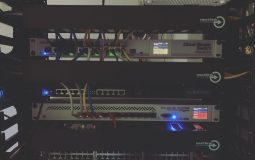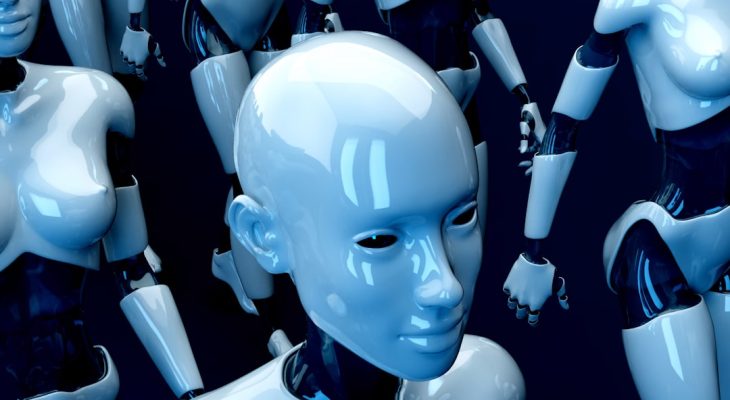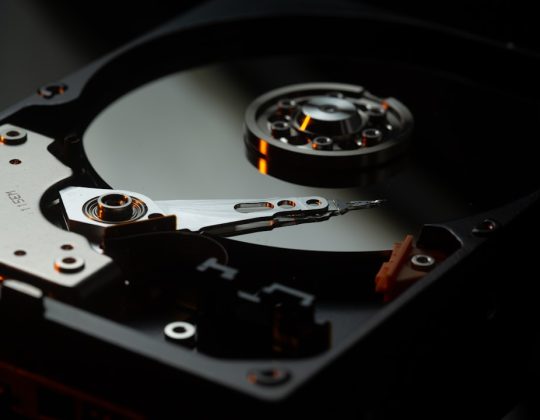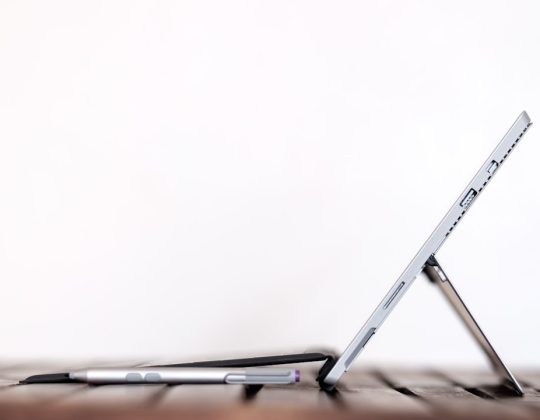At the forefront of integrating artificial intelligence and robotics into everyday life, Panasonic has unveiled a bold innovation: a prototype robot refrigerator. This concept appliance is designed not only to store food but also to bring it to you autonomously. Unveiled at a recent technology expo in Japan, the robotic fridge signals Panasonic’s vision of the future home — one that is smarter, more efficient, and more human-centric.
The name of this futuristic invention has not yet been finalized, but the prototype is already turning heads and receiving attention from technology enthusiasts and smart home developers. The core of this smart fridge lies in its autonomous mobility and AI-driven interface, which enables it to navigate home environments and respond to voice commands.
Meet the Smartest Fridge Ever Built
Imagine sitting on your couch after a long day, asking your refrigerator to fetch you a cold drink, and having it glide silently into the room delivering the item right into your hands. That’s the kind of convenience Panasonic envisions. The prototype robot fridge brings automation out of the realm of fantasy and into the kitchen.
Fitted with wheels and equipped with advanced sensors, the fridge maps your living space to move freely without collisions. It uses a combination of LiDAR, ultrasonic detectors, and visual sensors to scan its surroundings and chart safe travel paths throughout the home. The unit is no larger than a compact mini-fridge, and its top portion opens to reveal a small but neatly arranged compartment capable of holding beverages, snacks, or day-to-day food items.

Artificial Intelligence with a Personal Touch
One of the standout features of the robot refrigerator is its voice interaction system. It supports natural language processing, meaning commands can be issued conversationally rather than via rigid phrases. Want a soda? Simply say, “Bring me a soda,” and the fridge goes into action. The AI is designed not just to understand what you’re asking, but also to learn your preferences over time — such as typical meal times, favorite beverages, or dietary restrictions — and make proactive suggestions.
The fridge also integrates with smart home ecosystems like Alexa and Google Assistant, making it easy to include in a larger network of intelligent home devices. With cloud-based updates, Panasonic plans to keep its features up to date, including improvements in pathfinding, voice recognition, and compatibility with new smart network protocols.
Design and Engineering Highlights
While much about the Panasonic prototype robot fridge is still in development, early demonstrations have emphasized the advanced design language used. With smooth lines, a sleek matte finish, and LED accent lighting, the robot fridge fits well in modern home aesthetics. Coupled with whisper-quiet motor technology and minimal vibration, the device prioritizes both form and function.
Some of the notable specifications so far include:
- Battery Life: Operational for up to 8 hours on a single charge
- Self-Docking Recharge System: Autonomously returns to its charging station when energy is low
- Weight Capacity: Can carry up to 15 kg of items
- Navigation: Employs multi-sensor obstacle detection and machine learning pathfinding
- Smart Inventory: Can keep track of contents and issue alerts for low-stock items
This fridge doesn’t just serve your snack needs — it could eventually help reduce food waste and improve diet management by monitoring expiration dates and suggesting recipes based on available contents.

Real-World Applications
Panasonic sees its robot fridge as more than just a novelty. There are real-world applications where such an appliance could be invaluable, especially for individuals with limited mobility or the elderly. In assisted living facilities or homes where independence is challenging, a mobile fridge could help reduce daily strain and ensure better access to nutrition.
Future versions of the prototype may also include connectivity to health monitoring apps. This would allow the fridge to coordinate with diet plans and even issue meal reminders based on user habits or medical guidelines.
“This is not science fiction — it’s a rapid evolution of how we interact with home appliances,” said a Panasonic spokesperson during the expo. “Our goal is to create machines that quietly and intelligently support people’s lifestyles, improving quality of life.”
Market Readiness and Development Timeline
Currently, the Panasonic robot refrigerator is still in the prototype phase, and no commercial release date has been announced. However, the buzz surrounding its debut suggests strong interest from both buyers and retailers. Industry insiders speculate that a consumer-ready version may be viable within the next three to five years, contingent on cost management and manufacturing scalability.
Panasonic has not yet released projected pricing, though it’s expected to come at a premium in the early stages, likely targeting tech-savvy homeowners and smart home enthusiasts before gradually reaching a broader market. The echoes of autonomous vacuum cleaners — once luxury items, now household staples — hint at a similar trajectory for robot refrigerators.
The Road Ahead: Toward Truly Intelligent Homes
Panasonic’s robot fridge highlights a shift in how we think about appliances. It’s no longer just about cooling efficiency or shelf space — it’s about integration, autonomy, and personalization. With AI and robotics continuing to develop at a breakneck pace, the idea of homes where appliances serve, think and adapt is becoming closer to reality each year.
Home automation has already brought us smart lighting, climate control, and voice-activated assistants. The introduction of mobile, self-operating appliances like the Panasonic robot fridge adds a new layer of functionality to connected living. It showcases a future where home equipment isn’t just reactive but anticipatory and mobile.
FAQ: Panasonic Robot Fridge Prototype
-
Q: Is the Panasonic robot fridge currently available for purchase?
A: No, the prototype is still in development, and no official release date has been announced. -
Q: What kind of items can the fridge carry?
A: The prototype is designed to transport beverages, snacks, and small food items — up to a weight limit of about 15 kg. -
Q: How does the fridge know where to go in my house?
A: It uses a mix of LiDAR, cameras, and ultrasonic sensors to scan and map your environment, allowing it to navigate autonomously. -
Q: Can the robot fridge integrate with other smart devices?
A: Yes, it’s designed to work with smart assistants like Google Home and Amazon Alexa, and is expected to have further interoperability with other devices in the future. -
Q: Will this fridge help manage groceries and food inventory?
A: Yes, one of the features in development includes smart inventory tracking, which can alert users of items that are running low or nearing expiration.
As Panasonic continues development, the robot fridge stands as a compelling glimpse into the intelligent kitchens of tomorrow — where convenience meets truly brilliant design.








